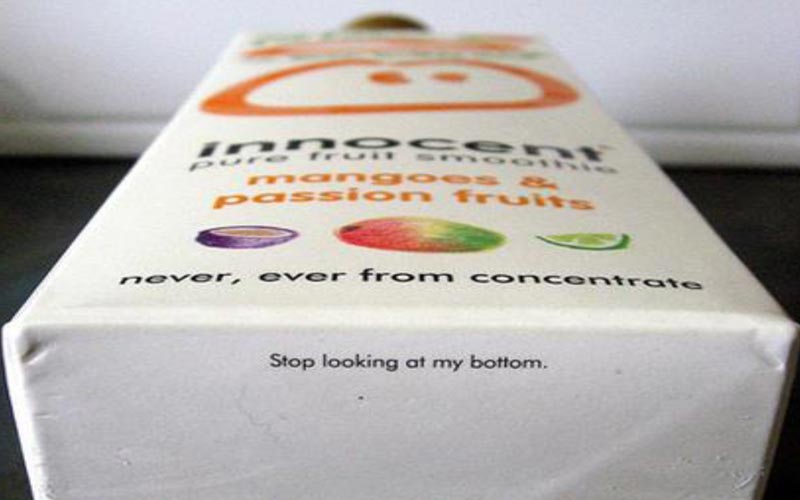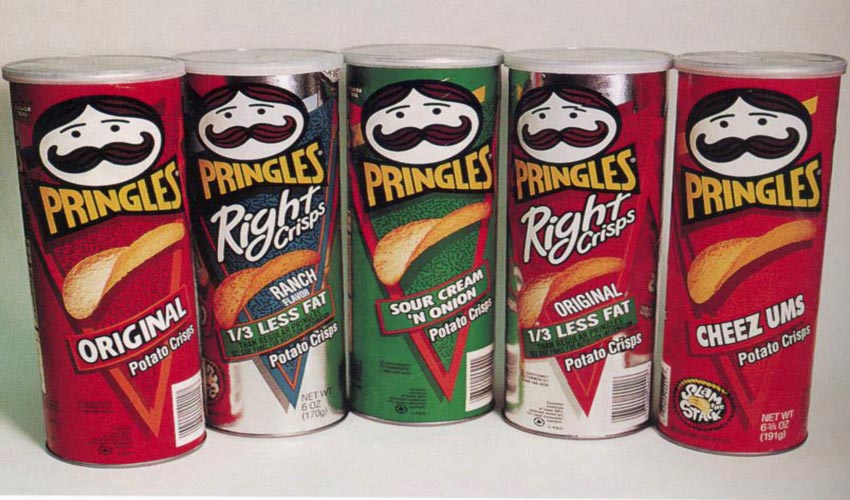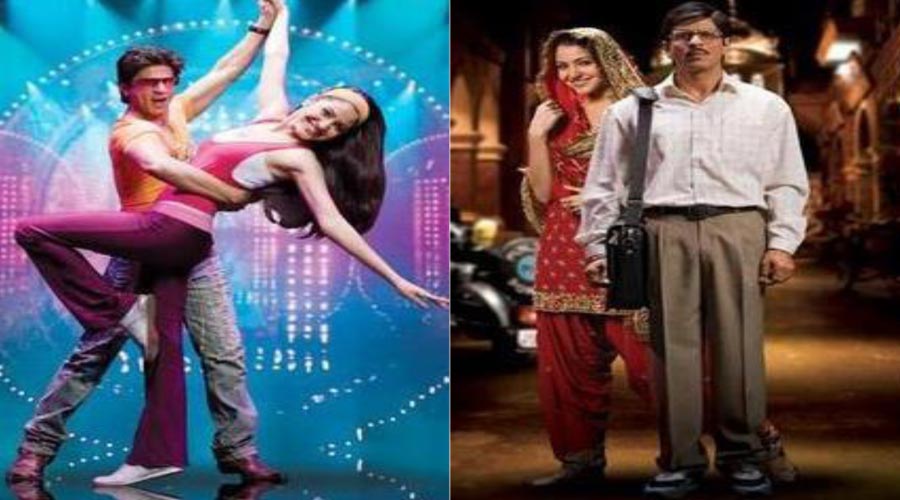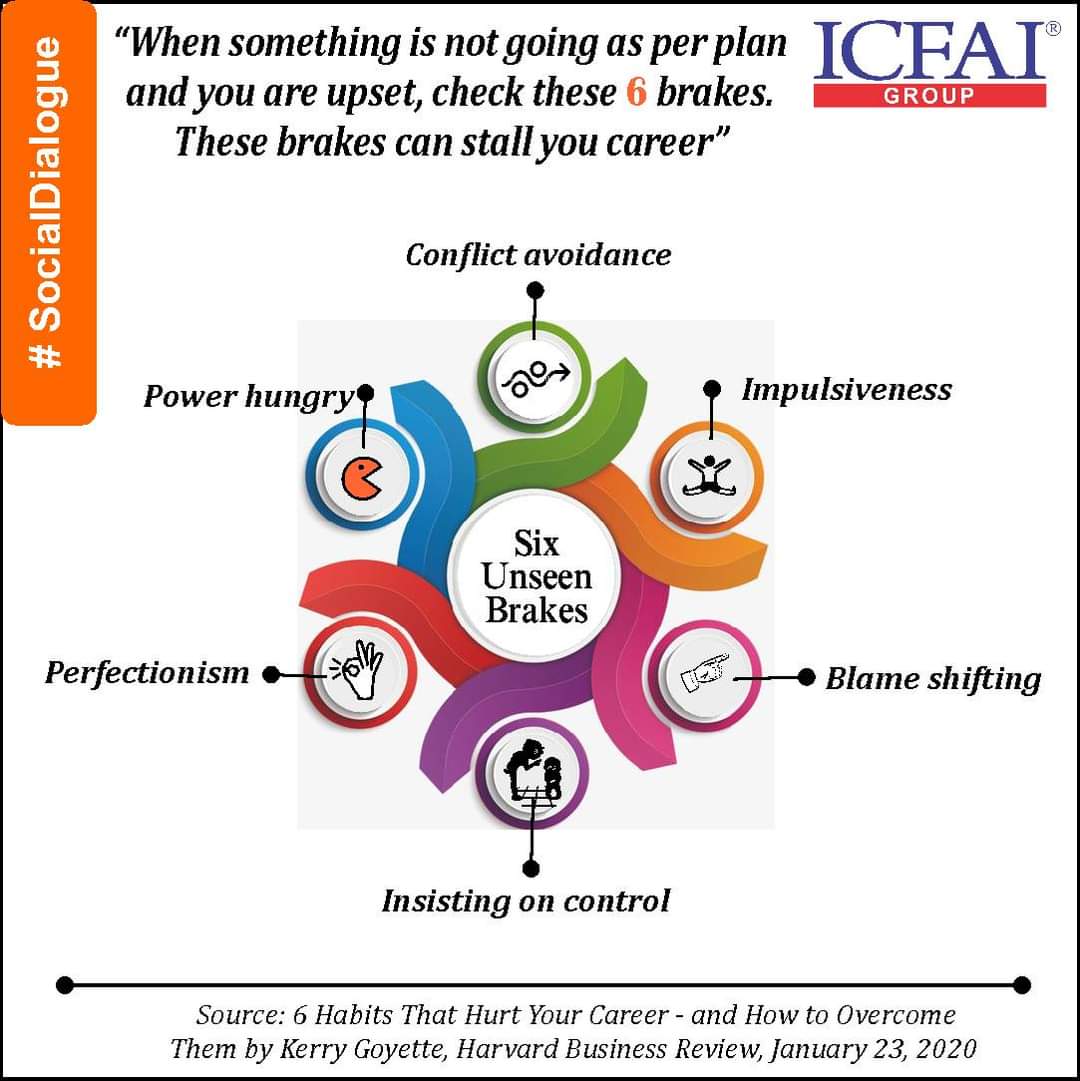
The world of brands: An evening with Ramanujam Sridhar
On Friday, June 11, we had a very interesting session by Mr. Ramanujam Sridhar, the Founder CEO of brand-comm PR. He is an IIM Bangalore alumnus from the class of 1982. Mr. Sridhar was awarded “Distinguished Alumnus” by IIMB in the year 2010. He was also awarded the Lifetime Achievement Award for Communicators from Public Relations Council of India (PRCI) on March 4, 2017.
Mr. Sridhar is a scholarly person and teaches at various management schools, including the IIMs and ISB. He writes as the “Third Umpire”, a fortnightly column in The Hindu Business Line. He is a Governing Council member of BNP (Bengaluru NavaNirmana Party) which represents the citizens’ voice in governance!
Mr. Sridhar has a blog @ http://ramanujam-sridhar.blogspot.in/
The session was moderated by our R Prasad and Sudhakar Rao.
What is a brand
Mr. Sridhar started off with this basic question. He explained that a brand is not merely about advertising or a logo. It consists of many things:
- Promise to the market
- Point of differentiation
- An expression of the value proposition
- The perception in the minds of customers
- The visual impression of the company
- The heart and soul of the organization
- How employees answer the phone
- How customer service is handled
- The most powerful sales tool of a company
What makes a successful brand?
Successful brands are relevant to the customers and are different from competitors. Sridhar explained this point using two brands we are all familiar with: Surf Excel and Colgate Toothpaste.
Companies can differentiate themselves through various elements of the brand:
A name that is different from the others in the category. Consider Orange, Apple, Mint. These names are very distinctive and stand out. But the flip side is that a lot of money has to be spent in spreading awareness about the business with which the brand is associated.
A product form that is different: Toblerone.
Better product design: Consider the sleek cars available in the market and compare them with Fiat and Ambassador.
A label that is different: Consider Innocent, the fruit juice brand.

A different kind of messaging: Consider the airhostess making the announcement as the flight is about to take off: “There may be fifty ways to leave your lover, but there are only four ways out of this airplane.”
When coming in to land, suppose the pilot says, ‘We’d like to thank all of you for flying with us today. And the next time you get the insane urge to go blasting through the skies in a pressurized metal tube, we hope you’ll think of ‘Virgin Atlantic’.
The price point could be different: Consider Chik shampoo (in a small pack, single serve) with a launch price of 50 paise. With a small pack priced very low, it becomes that much easier to get customers to try out the product as the risk is very less.
We could have a different scheme: Levis announced a purchase now pay later scheme to make the product affordable to Indian consumers. In this context, Mr. Sridhar made a very important point that there is much more to be learnt form players outside the industry than from those within the industry.
We can have an event that is different: Big Bazaar announced Independence Day and Republic Day sale. Usually, stores in India would remain closed on those days. But CEO Mr. Kishore Biyani decided to challenge this assumption and came up with his Sab se Sasta Din to attract shoppers.
A logo that is so different that it may not even need the accompanying name: Consider Nike’s Swoosh. It was actually designed by a college student. Founder Phil Knight paid her just $35. Several years later, however, Nike acknowledged this pioneering contribution and rewarded the lady with a diamond brooch and stock options.
An identity that is different: Mindtree Created its logo with the help of spastic children. The walls of the corporate office were decorated with the paintings of the spastic children. Mindtree made it to the front page of leading newspapers without spending anything on advertising.
Packaging that is different: Heinz, Paperboat, Marmite, Evian, Coca Cola, Dove all use distinctive packaging. Think of the Iodex bottle.
Brands can use characters to set themselves apart: Consider Pringles, KFC.

A brand is the total sensory experience a customer has with the company and its product or service.
Smell can be a difference: Consider Cookie Man, IRIS, Lush
Sound can be a difference: Consider Harley Davidson, Bullet motorbikes
The advertising could be different
The consumer insight could make a difference
Speed can be the difference: Muthoot can sanction a loan within 3 minutes.
The strategy could be different: Infosys used PR to differentiate itself from its competitors and became a powerful brand. (But the brand ran into trouble when Vishal Sikka left the firm after differences of opinion with the founders. This is a good example to illustrate that a high-profile brand may get media coverage for the wrong reasons.)
What about the consumers?
Despite the best efforts of marketers, customer often fail to see anything different. Over half (58%) of U.S. banking customers state that they see no differences between banks. Almost half of past-year domestic U.S. fliers (45%) feel that all airlines are “the same.” Over half (54%) of online product purchasers say that all Web site marketers are the same.
What kind of startups are likely to get funding from VCs?
To get the attention of VCs, a startup needs to have an inspiring mission, a clearly articulated Value proposition and an impactful elevator pitch. While taking a funding decision, VCs look at the market size, the addressable opportunity and positioning/segmentation. The key questions they ask are: What is the competition? Does the startup have a moat? The moat could be in the form of a better process, a direct-to-consumer channel, logistics or customer service. Which geographic or customer segment is the startup targeting? Is the segment large enough? How is the execution going to be? The execution and go to market strategy of the startup must be better than that of the established players.
Brand image and Brand identity
Brand Image refers to what a brand evokes in people’s minds, as measured through opinion surveys or qualitative interviews. Brand identity is what the company tries to create. The two should be aligned as much as possible.
Consider the identity which BSNL wanted to project (left) and the image which formed in the customer’s minds (right).

Summing up
The customer should be at the center of what a brand has to offer. According to Haaji-Ioannon, Chairman of easyGroup and Founder of easyJet: “You can spend $150 Mn on advertising, go bankrupt and your name can still mean nothing to people. Your brand is created out of customer contact and the experience your customers have of you”
A brand is not built by a few individuals within an organization. The reputation of the brand (and the company) is in the hands of each individual. Is every employee delivering what we promise? Branding is not only about Marketing and Sales. It is also about HR. The employees are also part of the brand. Managing brands is really about trying to manage everything that the company does.
A brand has to be viewed holistically. A brand is not a logo. A brand is not a slogan. A brand is not an identity, corporate or otherwise. A brand is not a symbol or a shape. It’s not mailshots, mission statements or mantras. It’s not colors, credos or calling cards. A brand is not a set of meaningless gimmicks, such as everyone wearing ‘have a nice day’ badges or answering calls with a stupid phrase or statement. The various elements combined together appropriately, create the brand.
Q&A session
Prasad and Sudhakar moderated the discussion skillfully with some probing questions.
On the origin and evolution of brands
Brands have been around for a long time even if they were not called so those days. In wild west movies, cattle in transition would be branded based on their ranch. The Cross became the most visible symbol of the Church. Hindu temples came up with distinctive red and white painting on the walls.
Over time, in the UK, some businesses realized that their value was largely the result of their brands. Even those businesses which were losing money realized that their brands were valuable. Today, not just large companies but even start ups understand the importance of branding.
For many companies today, the valuation is largely the result of their brands. A company called Interbrand has developed a methodology (based on longevity, earnings multiple, etc.) for valuing brands. Many of the most valuable brands today are tech brands like Google, Apple and Microsoft. Life today is incomplete without brands. Brands are equated with quality. An inferior product cannot be converted into a great brand.
Brand communication and customer perception
Communication plays an important role in branding, be it launching the brand, sustaining the brand or addressing perceptual issues. Our Covid vaccination program would be far more effective with the right communication. Crisis communication is also important and must be planned ahead. Think of the problems Maggie ran into a few years back. Good communication can be used to change the perceptions of customers.
India as a brand
Before the pandemic, Prime Minister Modi did a lot to boost India’s brand image by travelling around the world and meeting leaders of other countries. But India’s image has taken a beating during the pandemic. Ultimately, a brand has to be anchored on performance. We cannot portray ourselves as something which we are not. We cannot claim that we are good when it comes to the ease of doing business when the reality on the ground is different and stories of the Vodafone tax case are still narrated.
Print/Television vs Digital advertising
In western countries, digital is gaining market share at the expense of traditional media. In fact, print is on its way out. In India, however, print advertising is growing with rising literacy levels. Mass media advertising will coexist with digital advertising in India. However, digital is more affordable for smaller companies with limited advertising budgets. So, we can expect the share of digital advertising to increase over time, even in India.
Startups and branding
Startups are probably better off in their early days investing in technology and product development rather than in advertising. But pressure from investors can be high. This may make the startup founders focus more on valuation. That in turn calls for more eyeballs and visibility, implying more advertising. Think of CRED.
On taking Indian brands global.
The US companies enjoy a huge domestic market. They have the resources to move into overseas markets and make the necessary investments. Even if they fail in an overseas market, they can easily absorb the losses. Indian brands on the other hand do not enjoy such a large domestic market. It is also very expensive to invest in brand building in markets like the US. Tanishq failed. Jet Airways had an opportunity but could not make it. India’s Services brands have the best chance of going global. (The Indian IT services companies are probably a good example.)
Celebrity advertising
Certain products like shoes and soft drinks are more amenable to the use of celebrity advertising. But in India, this kind of advertising is overdone. Managers want to gain visibility quickly and they find celebrity advertising suits this purpose. While the use of celebrities may generate quick visibility, it may not lead to actual sales and the ROI may turn out to be low. Virat Kohli for example, endorses many products. We cannot be sure whether he himself is knowledgeable about all these products!
On what goes into brand building
The starting point in brand building is clarity about the purpose. What does the brand want to be known for? That will help in positioning the brand correctly. The name of the brand should be chosen such that it sounds well and does not create a negative impact in any of the many Indian languages.
Then come the colors, logo and the tagline. The name and the tagline should be such that it becomes part of the common vocabulary and general newspaper editorials/articles.
A brand should have a promise. It should be able to connect with the customer. Then it should be able to provide a great experience. Once the brand can engage with the customer, the next step is to build a strong and long-lasting relationship with customers.
Internal communication among employees is also important. For corporate brands, there must be consistency across the organization in how the brand is viewed. In the early days of Infosys for example, employees used a common language to describe the brand.
A corporate brand should represent the philosophy of the company and inspire trust among customers. Building a brand calls for a long-term execution roadmap. Brand building is a process and not an event. Constant improvement is part of the journey.

On the Indian way of branding
India is unique in various ways and so are the customers. So, the theories developed in the west may not apply here. Apple, which sells premium products, has not been able to generate as much revenues in India as it would have expected. Indian customers look for acceptable quality and will only pay a reasonable premium. When Titan launched Tanishq, it raised a lot of eyebrows as watches made up the company’s core business. How could it move into jewelry? But Xerxes Desai, the first CEO of Titan felt that theories such as core competence did not apply to fast growing markets like India. Jewelry is a huge consumption item in India for all occasions. So, Titan decided to enter jewelry and Tanishq became a big brand.
The pandemic and brand building
It is the brands with staying power which will emerge as the winners. Those brands which adapt quickly will do better. In addition to being different which is always important for a brand, it is also important to show empathy to the customers who are under tremendous pressure. It is also important to take good care of employees who are grappling with various challenges on the personal and professional fronts. So being humane will be a critical success factor.
On building a personal brand
Mr. Sridhar explained with his own example how to build a personal brand. He set himself the goal that in any important discussion on branding in the country, he would be consulted. Accordingly, he started developing expertise in the area of brand management. He wrote blogs, published books and taught at B Schools for over 100 hours in a year. He also started his Linked in and Twitter accounts. Thanks to all these steps, Sridhar has been able to build his personal brand.
We too can choose the area for which we want to be known and respected and follow a similar approach. It is all about having a clear goal, an execution plan (like writing a blog every week), a point of view on important topics within the domain and taking regular feedback from people around including those who read our blogs and posts.
On building an educational brand
In general, mass media advertising is not relevant for building educational brands. Institutions which spent heavily on advertising, like IIPM do not exist today. Educational brands are largely bult around student experience. Content and thought leadership can also play an important role. When it comes to engaging with students, digital advertising makes more sense compared to television and print.
A very insightful session indeed by one of our most respected Advertising experts. And very well moderated by Prasad and Sudhakar to ensure that no aspect of branding was left out.
We thank Dr. Vedpuriswar for bringing out the highlights in the form of this note
